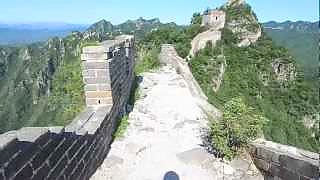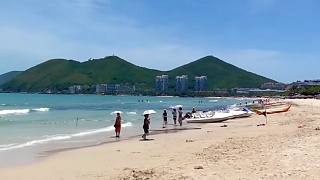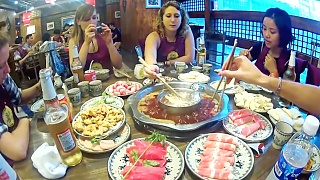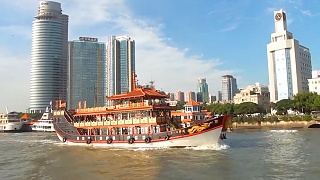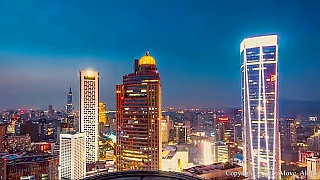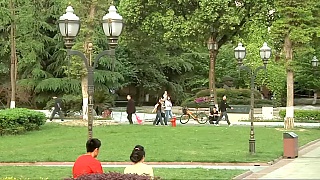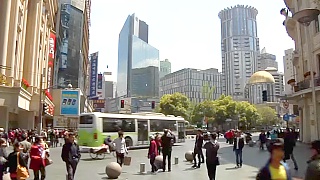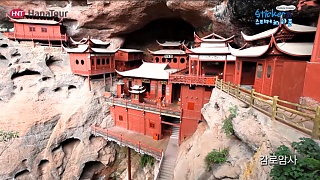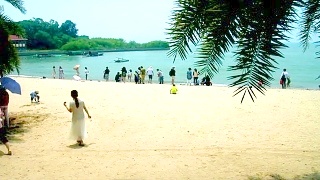
|
With Living The Dream ...
With YanYan go around in China ...
JinShanLing Great Wall travel guide
Introduction
The JinShanLing section of the Great Wall of China is one of the most well-preserved and scenic parts of the wall, located in the mountainous area of Luanping County, Hebei Province, about 130 kilometers northeast of Beijing. This section offers stunning views, rich historical significance, and a less crowded experience compared to other sections. This guide will help you explore the beauty and history of JinShanLing, including must-see highlights, hiking tips, and practical travel information.
Must-See Highlights
General Tower (将军楼)
The General Tower is one of the most iconic watchtowers on the JinShanLing section of the Great Wall. It offers panoramic views of the surrounding mountains and the winding wall. This tower was used historically for military command and observation.
Wangjing Tower (望京楼)
Wangjing Tower, also known as the Watching Beijing Tower, is named for its view of Beijing on clear days. This tower is a popular spot for photography and offers breathtaking sunrise and sunset views.
Eastern Five-Window Tower (东五眼楼)
The Eastern Five-Window Tower is unique for its five windows on each side, providing excellent vantage points for surveillance in ancient times. This tower is a testament to the strategic architectural design of the Great Wall.
Western Five-Window Tower (西五眼楼)
The Western Five-Window Tower, similar to its eastern counterpart, also features five windows on each side. It offers spectacular views and is a great spot for taking in the expansive landscape of the JinShanLing section.
Big and Small Jinshan Towers (大小金山楼)
The Big and Small Jinshan Towers are two prominent towers named after their different sizes. These towers are significant historical landmarks and provide an excellent opportunity to learn about the defensive mechanisms of the Great Wall.
Hiking Tips
Best Time to Visit: The best time to visit JinShanLing is during the spring (April to June) and autumn (September to November) when the weather is mild, and the scenery is stunning.
Hiking Difficulty: The JinShanLing section offers a moderately challenging hike with steep steps and uneven terrain. Suitable for hikers with a reasonable level of fitness.
What to Wear: Wear comfortable hiking shoes with good grip, breathable clothing, and a hat. Bring layers as the weather can change quickly.
What to Bring: Carry plenty of water, snacks, sunscreen, and a first-aid kit. A camera is also recommended for capturing the beautiful scenery.
Hiking Route: A popular hiking route is from JinShanLing to Simatai West, which takes about 3-4 hours and covers some of the most picturesque sections of the wall.
Guided Tours: Consider hiring a local guide or joining a guided tour for a more informative experience. Guides can provide historical context and ensure you don't miss any key sights.
Practical Travel Information
Getting There: JinShanLing is accessible by bus, car, or private tour from Beijing. The journey takes approximately 2-3 hours by car. Buses are available from Beijing's Wangjing West Station.
Entrance Fee: The entrance fee for JinShanLing varies depending on the season. Check the official website or contact local tourism offices for up-to-date pricing.
Opening Hours: JinShanLing is open from 7:00 AM to 6:00 PM. Plan to arrive early to make the most of your visit and avoid crowds.
Accommodation: There are a few guesthouses and hotels near JinShanLing for those who wish to stay overnight. Beijing offers a wider range of accommodation options if you prefer to stay in the city.
Health and Safety: Ensure you are in good health before attempting the hike, as the terrain can be demanding. Stay on designated paths to avoid accidents and respect local regulations and signs.
Local Services: Facilities such as restrooms and small shops are available at the entrance and at certain points along the wall. However, it's advisable to bring your own supplies for convenience.
Conclusion
The JinShanLing section of the Great Wall of China offers a unique and less crowded experience compared to other parts of the wall. Its well-preserved structures, stunning scenery, and rich history make it a must-visit destination for any traveler. Use this guide to plan your visit and enjoy the incredible beauty and historical significance of JinShanLing. Whether you're a history enthusiast, a photography lover, or an avid hiker, JinShanLing promises an unforgettable adventure.
|

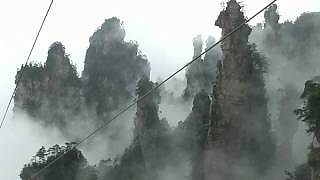



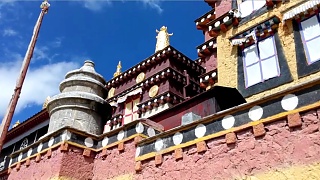

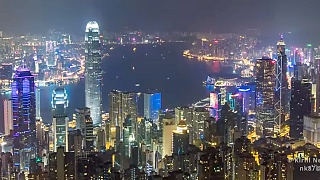
 A glimpse of the China studies program at XiaMen 厦门 University
A glimpse of the China studies program at XiaMen 厦门 University